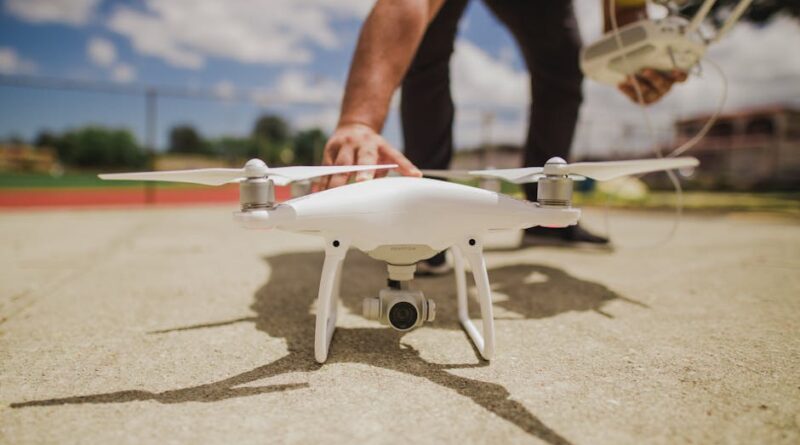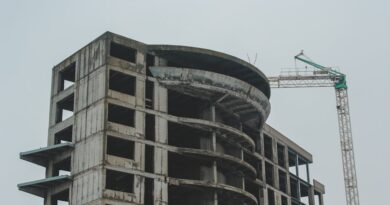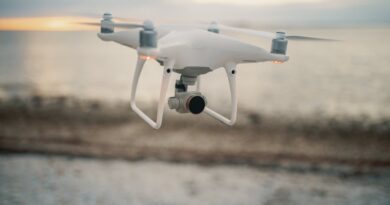Preparing Properties for Aerial Shoots: A Comprehensive Guide
Have you ever marveled at breathtaking aerial shots in movies, television shows, or advertisements? The stunning visuals captured from above can add a whole new dimension to storytelling and marketing. But have you ever wondered what goes into preparing properties for these aerial shoots? From scouting locations to obtaining permits, ensuring safety, and capturing the perfect shot, there are numerous factors to consider when taking to the skies. In this comprehensive guide, we will delve into the intricacies of preparing properties for aerial shoots, exploring the essential steps, challenges, and best practices involved in aerial cinematography.
The Importance of Aerial Shoots
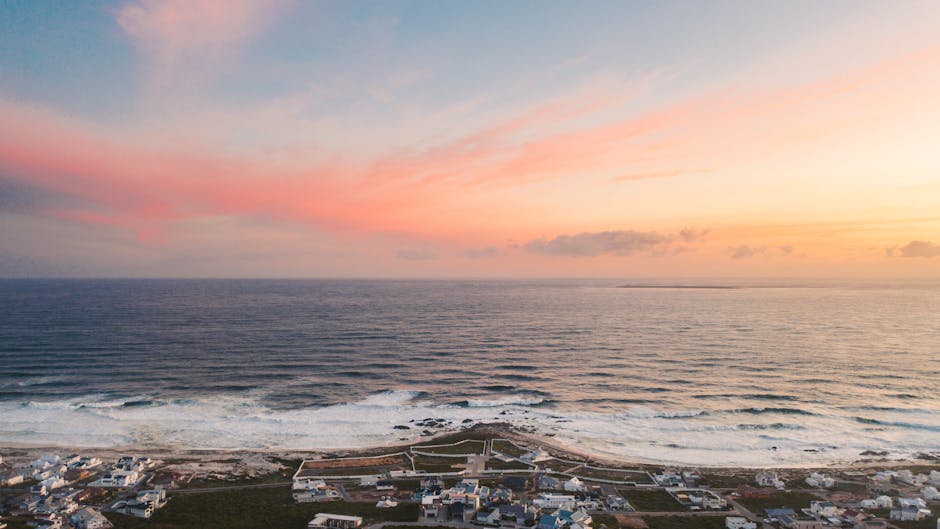
Aerial shots offer a unique perspective that simply cannot be achieved with traditional ground-level filming. Whether capturing vast landscapes, architectural marvels, or dynamic action sequences, aerial cinematography adds a sense of grandeur and scale to visual storytelling. From Hollywood blockbusters to real estate promotions, the demand for aerial footage continues to rise, making it a valuable tool for filmmakers, marketers, and content creators alike.
Scouting the Perfect Location
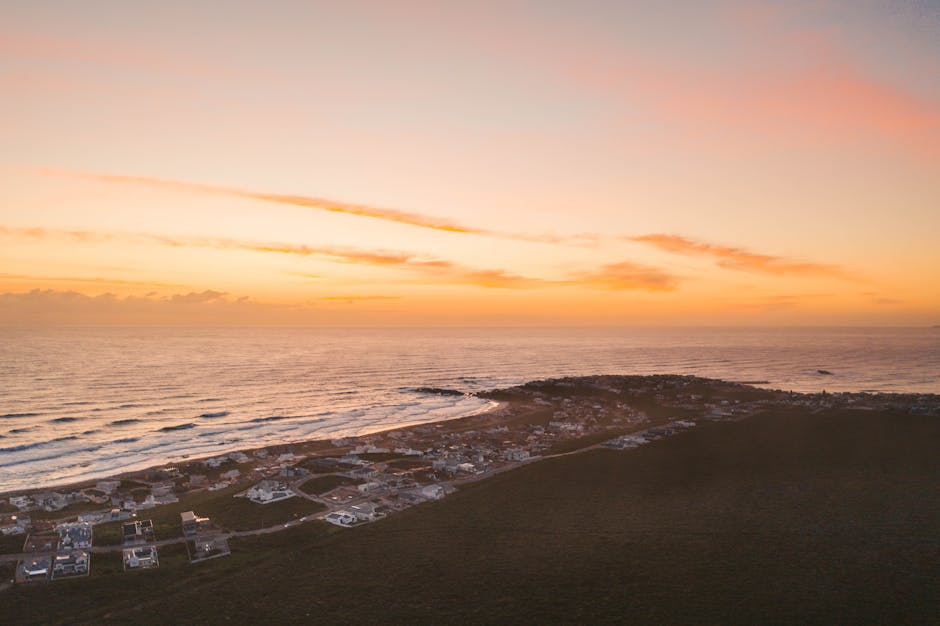
One of the first steps in preparing for an aerial shoot is scouting the perfect location. Whether filming a commercial, a movie scene, or a promotional video, the choice of location plays a crucial role in the overall aesthetic and narrative of the footage. Factors such as lighting conditions, proximity to airfields, and legal restrictions must be taken into account when selecting a site for aerial filming. A thorough reconnaissance of the area is essential to ensure a smooth and successful shoot.
Obtaining Permits and Permissions

Before taking to the skies, it is crucial to obtain the necessary permits and permissions for aerial filming. Depending on the location and the nature of the shoot, various authorities may need to be consulted, including local aviation authorities, landowners, and regulatory bodies. Failure to secure the appropriate permits can result in legal complications and jeopardize the safety of the crew and the public. It is essential to adhere to all regulations and guidelines to ensure a safe and compliant aerial shoot.
Ensuring Safety in Aerial Shoots
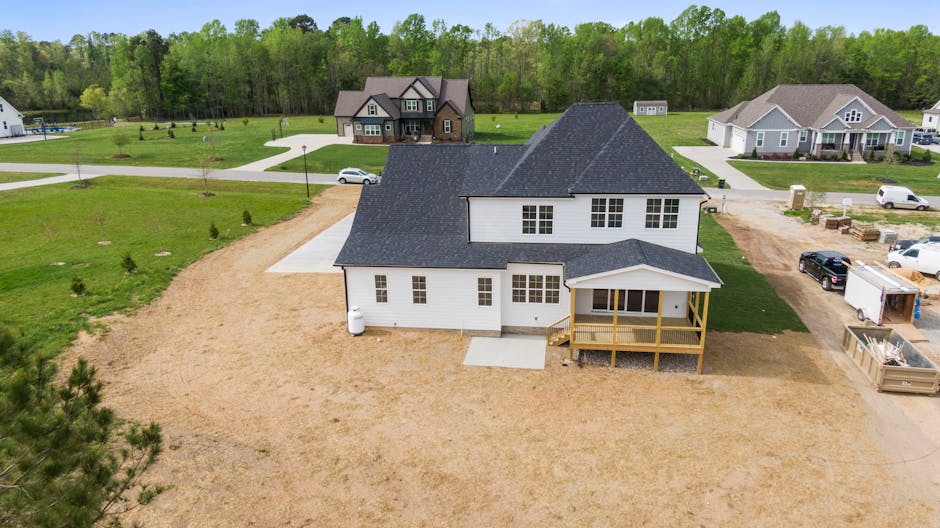
Safety is paramount in aerial cinematography. Whether using drones, helicopters, or other aerial platforms, rigorous safety measures must be in place to protect the crew, equipment, and the public. Conducting thorough risk assessments, implementing emergency protocols, and adhering to aviation regulations are essential steps in ensuring a safe and successful aerial shoot. Additionally, maintaining clear communication between the pilot, crew members, and ground personnel is vital to prevent accidents and mitigate risks during the shoot.
Capturing the Perfect Shot
With the location selected, permits obtained, and safety measures in place, it’s time to focus on capturing the perfect shot. Aerial cinematography requires a keen eye for composition, framing, and movement to create visually stunning sequences. Factors such as camera equipment, weather conditions, and flight dynamics all play a role in achieving the desired visual aesthetic. Whether shooting sweeping aerial panoramas or dynamic action sequences, careful planning and execution are key to capturing the perfect shot.
Post-Production and Editing
Once the aerial footage has been captured, the work is far from over. Post-production and editing play a crucial role in enhancing the visual quality and storytelling of the footage. From color grading and visual effects to sound design and music composition, the post-production process can elevate the aerial footage to new heights. Collaborating with skilled editors and post-production professionals is essential to ensure the final product meets the desired creative vision and technical standards.
Future Trends in Aerial Cinematography
The field of aerial cinematography is constantly evolving, with advancements in technology opening up new possibilities for filmmakers and content creators. From the use of drones equipped with high-resolution cameras to innovative aerial filming techniques, the future of aerial cinematography is filled with exciting prospects. As technology continues to advance, we can expect to see even more stunning aerial shots in films, television shows, and marketing campaigns, pushing the boundaries of visual storytelling.
Conclusion
Preparing properties for aerial shoots is a multifaceted process that requires careful planning, attention to detail, and a commitment to safety and creativity. From scouting locations to obtaining permits, ensuring safety, capturing the perfect shot, and post-production editing, each step plays a crucial role in the success of an aerial shoot. As the demand for aerial footage continues to grow, mastering the art of aerial cinematography is essential for filmmakers, marketers, and content creators looking to stand out in a visually competitive landscape. By following the guidelines and best practices outlined in this guide, you can prepare properties for aerial shoots with confidence and creativity, capturing stunning visuals that leave a lasting impact on audiences.
To wrap things up, aerial cinematography offers a unique perspective that can elevate visual storytelling to new heights. By understanding the intricacies of preparing properties for aerial shoots and embracing the creative and technical challenges involved, filmmakers and content creators can unlock the full potential of aerial footage, creating captivating visuals that captivate and inspire audiences around the world.

